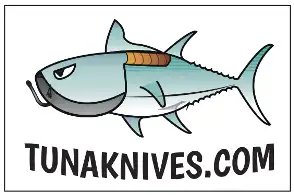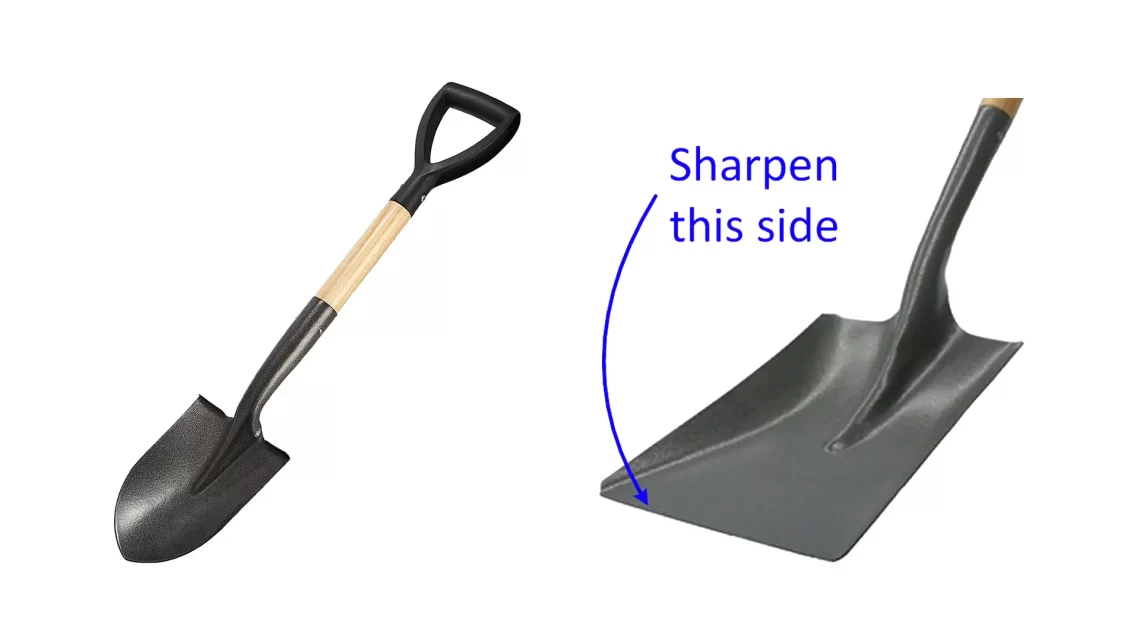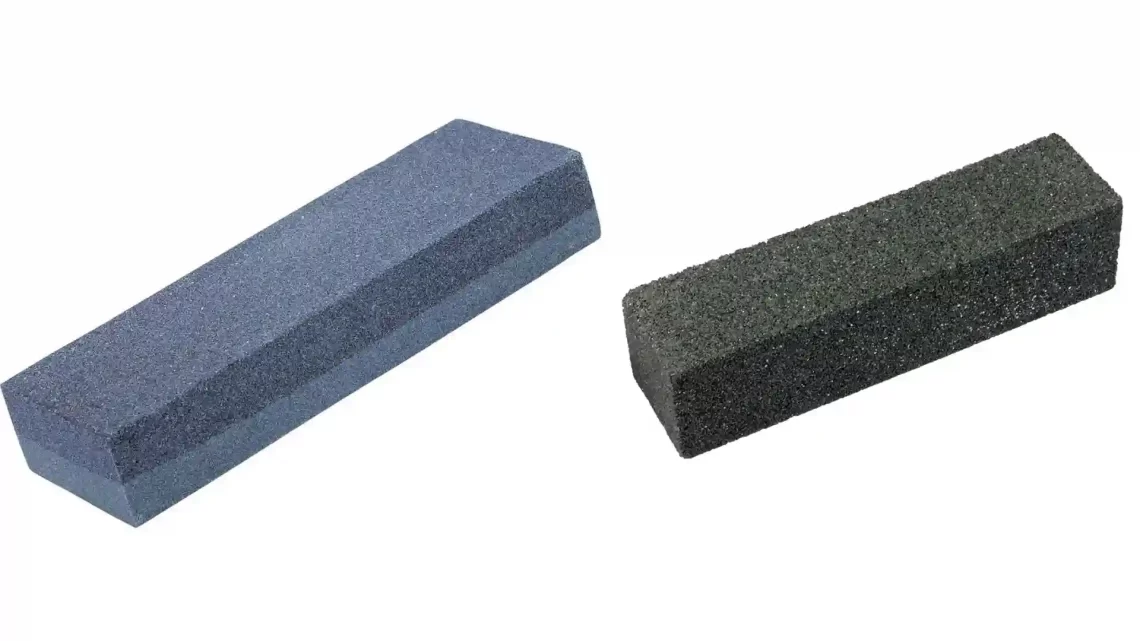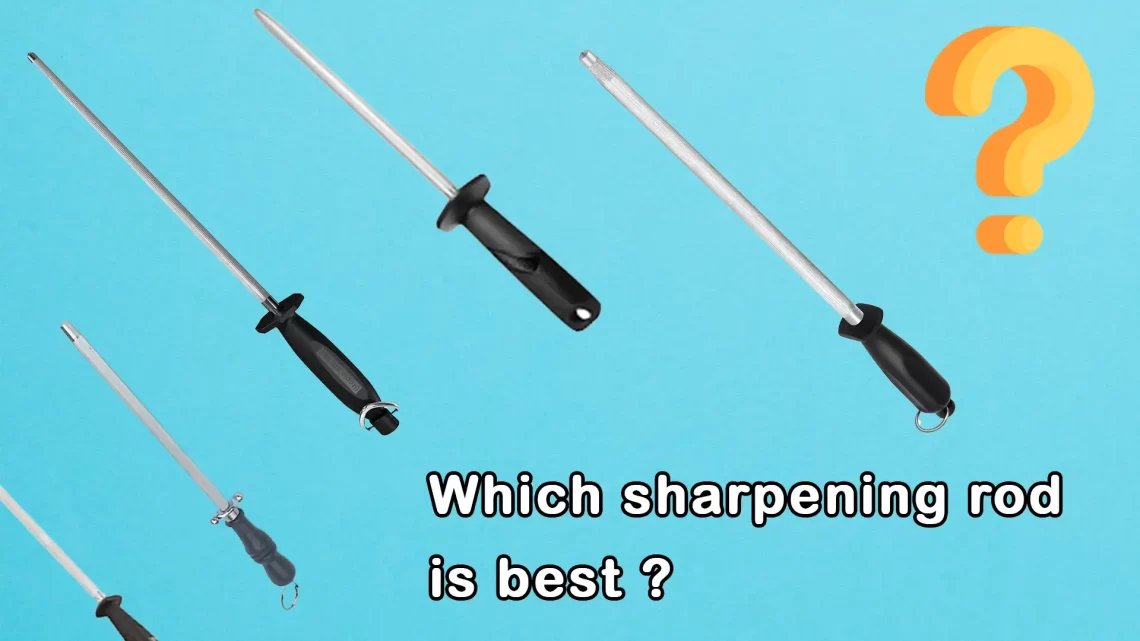Ah, the eternal struggle of every sharpener: keeping that angle steady as you work your magic on a blade. It’s like trying to thread a needle while riding a unicycle – tricky, but not impossible. So, how do you keep that angle from going haywire? Let’s find out.
Powered Sharpening: A Helping Hand
Now, before you start rolling your eyes, hear me out. Powered sharpening systems like Work Sharp and Tormek might seem like cheating, but they’ve got one heck of an advantage – guides. Yep, these babies help you keep that angle locked in place, no matter how shaky your hands get. Sure, they’re not for everyone, but if accuracy is your jam, they’re worth a look.
Freehand Sharpening: Skill Over Spills
But hey, if you’re old school like me, you’ll appreciate the art of freehand sharpening. It’s like riding a bike – takes a bit of practice, but once you get the hang of it, you’ll be cruising in no time. So, let’s break it down.
Knife Sharpening: Slice and Dice
When it comes to sharpening knives, there’s more than one way to skin a cat – or in this case, sharpen a blade. Some folks like to slide from heel to tip, while others prefer tip to heel. Heck, some even do a figure eight dance. But here’s the kicker: as long as you keep that angle steady, any technique will do the trick.
Start by planting the heel of the knife on the stone at your desired angle. Then, slide the blade along the length of the stone, moving from heel to tip. But here’s the tricky part – if your blade’s got a curve to it, you’ll need to adjust your angle as you go. Think of it like steering a ship – smooth and steady wins the race.
Chisels and Plane Irons: Keep it Straight
Now, if you’re sharpening chisels or plane irons, it’s all about keeping it straight. Grip the tool with both hands, getting as close to the stone as possible. Spread your fingers wide for even pressure, then place the bevel on the stone and get to work.
But here’s the secret sauce: lock your wrists and move your whole body instead. Trust me; it’ll keep that blade stable as a rock. And when you’re done with a stroke, lift the blade off the stone completely before starting again.
Guided Sharpening: Training Wheels for Tools
But hey, if freehand sharpening’s got you pulling your hair out, there’s no shame in using guides. They’re like the training wheels of the sharpening world – they keep you steady and on track.
For knives, you’ve got options. Some guides hold the knife like Jende Jigs while you move a small stone over the blade, while others hold the blade as you move it over a larger bench stone. Whichever you choose, just make sure to keep that guide in contact with the stone at all times.
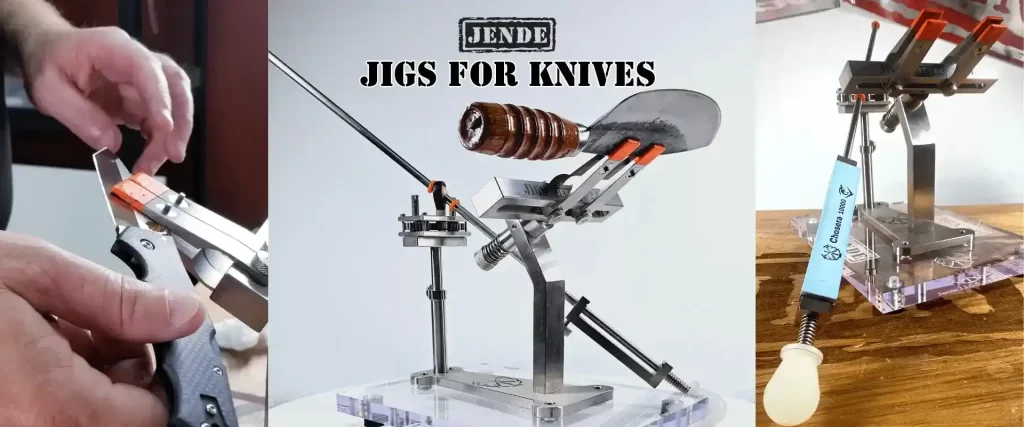
For chisels and plane blades, the Veritas Mk. II Honing Guide is your best bet. It’s got all the bells and whistles, with multiple settings for micro bevels and a registration jig to keep things square.
So, there you have it, folks. Whether you’re freeholding it on Sharpening stones or using guides, keeping that angle consistent is the key to sharpening success. So grab your stones, find your angle, and get to work.
